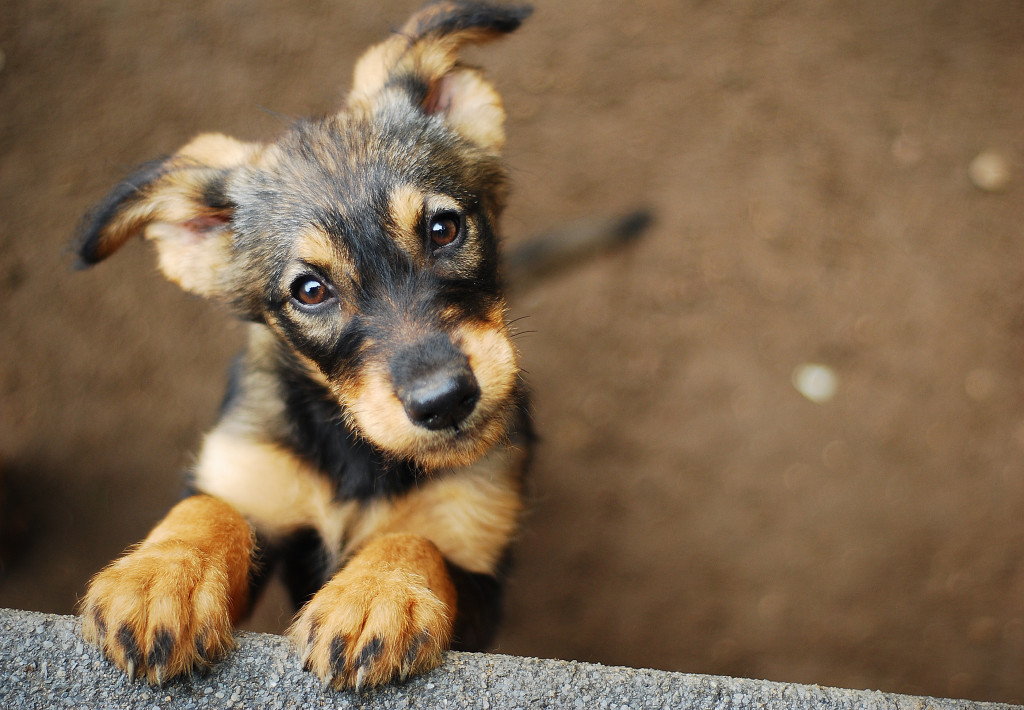According to the Humane Society of the United States, roughly 10,000 puppy mills are scattered across the United States. Only 3,000 of these are regulated by the US Department of Agriculture, which means that the remaining 7,000 are considered operating illegally.
In 2021 alone, the Humane Society of the United States conducted a study that shows that 40% of newly listed puppy mills are operated by repeat offenders already exposed in prior reports. It’s an ongoing issue that keeps on happening over and over again. To help stop this abusive treatment of dogs, we must understand this issue thoroughly and deeply.
What Is a Puppy Mill?
Puppy mills are the underbelly of pet breeding and trading. People who operate these often supply animals to pet stores and enthusiasts who love to collect pure-breed dogs. This black market has also evolved, and now, puppies are being sold irresponsibly online thru classified ads and social media posts. Puppy mills are considered an inhumane way of commercial breeding. It is done without regard to the animals that die in the process while being trapped inside animal shelters.
What Are the Conditions Inside Puppy Mills?
Puppy mills are notorious for forcing dogs to live in a cramped, filthy, and crude environment. Most of the tiny kennels, if there are any, are made from poor materials like wire, wood, and mesh. Some dogs are even found living under broken tables and chairs, exposing them to direct extreme heat, rain, and cold weather for long periods.
In an investigation conducted by the People for the Ethical Treatment of Animals (PETA), female dogs inside puppy mills are being forced to breed to the point where they can not produce anymore. Once they stop getting pregnant, owners often have them auctioned and, in the worst-case scenario, killed.
During an undercover work in Nielsen Farms, a puppy mill located in Kansas, an investigator from PETA reported the horrific living conditions of the dogs inside the property. Some large animals have their collars embedded in their flesh because they already outgrew them. Food is insufficient, and most of the time, dogs have no access to clean drinking water. Cleanliness is also not a priority. Included in the same report is the filthy condition of the cages where dogs sleep beside their pee and manure that were left uncleaned.
What Are the Health Risks in Puppy Mills?

Dogs living in puppy mills have little to no access to health and medical care from professional veterinarians. Health conditions inside these farms range from oozing, crusty eyes, severe ear infections, wounded paws, and mange that’s already causing big red scabs on their skin.
Female dogs are at risk of medical conditions due to the many times they have been pregnant and given birth. Some common illnesses caused by excessive breeding are genetic defects, skin problems, epilepsy, deafness, blindness, and hip dysplasia, which is an excruciating and crippling physical condition.
Mutilation is also a common practice in pet mills, and this has serious negative consequences. For example, ‘pushing in’ the nose of a bulldog or pug can make it hard for them to breathe properly. Dachshunds are being bred with extremely long spinal columns, resulting in back problems like disk disease.
What Is Being Done to Stop This?
The United States Department of Agriculture (USDA) is the leading government authority with jurisdiction over puppy mills. They should be able to enforce and implement the 1966 Animal Welfare Act. Under this law, pet owners and breeders must provide even the minimum standards of treatment and care for animals that are being bred for commercial purposes.
Another power force behind this war is non-government organizations like PETA and the Humane Society of the United States (HSUS). These two NGOs are strong advocates of animal rights and their welfare. In the past two years, the HSUS rescued more than 5,000 dogs and relocated them to proper shelters.
If you want to be a part of their advocacy, you may contact the HSUS through their tip line. You can also reach out to the Agriculture and Animal Care Division of the USDA.
The Rehabilitation Process
Dogs that have been rescued from puppy mills are often brought to licensed animal shelters where they can receive medical treatment and proper care. They normally stay in these shelters until they are physically well enough to find their forever homes.
If you are looking into adopting a rescued dog, you have to be fully aware of the situation you’re getting yourself into. Dogs from puppy mills have been used to poor living conditions and extreme stress. Some are on full survival mode and may find it hard to wind down or connect to humans.
The whole rehabilitation process takes time. It can go on for weeks or even months. Once you bring the dog home, you need to create a safe routine that they can get used to, like eating on time and going out on regular walks. You can either do the whole training process yourself or ask for assistance from private dog trainers.
Dogs are man’s best friends. They are loving, loyal, and kind, and because of that, they deserve nothing but the best. Stopping this horrific practice can not be fully achieved by just a few organizations. It should be a collective effort of individuals who deeply and genuinely care for animals.




